Has your baby been making a face before emptying his or her bladder? Does he or she look at you impishly before looking down at the diaper? Looks like you are receiving signals from your toddler that they are aware of their bladder movements and are ready to be toilet trained! This requires a cool head, consistent effort and some patience from your side. So what are you waiting for? Get cracking!
Broach the concept theoretically
Once you read the signs that your baby is ready to be toilet trained, begin by broaching the subject with your baby. Try to talk about how you go to the bathroom to empty your bladder and how you do not wear a diaper. They will understand this very well and it will tap their natural desire to imitate whatever you do. Tell them stories about children who got tired of wearing diapers and decided to use the bathroom like adults. Read books on potty training with your baby for a few days before you actually start the toilet training process. This will help them get used to the idea and become motivated to use a potty to pass urine like adults. Show them the potty and make them familiar with the concept of peeing in a potty or a soft potty seater.
Lead by example
Most children learn by observing adults. They notice things you don’t realise and are quite aware of many of the things you do very subconsciously. So show them how you like to use the restroom to pee and how you do not wear a diaper. Make a ritual of flushing afterwards so that they find that quite a motivation to use a soft potty seater. Children love rituals and are very likely to understand a set of activities done in a particular order. So call out how you need to remove your clothes, use the potty and how you flush afterwards. They will soon lead you to the bathroom when they feel the need to pee.
Rewards and restraint
In the long process of toilet training, your best friend is praise. Applaud your baby when they tell you they need to pee. Give them a reward that will motivate them to do it again. However, ensure that you only tell them what to do. Children don’t understand much of the word ‘Don’t’. So instead of telling them not to soil the floor, tell them how they should use the restroom. Don’t go so overboard with the praise that your child slumps down in defeat when accidents happen. And accidents will happen. So teach them that it is alright to make mistakes but teach them to get back on track instead of abandoning the process altogether. And reward them when they get it right all over again. You get the drift, don’t you?
Consistency is key
Be clear in the instructions you give your child. Don’t be ambiguous and never change what you are saying. Your child is learning something new by the mere familiarity of what they are doing. Being inconsistent will take away the most important aspect of learning from your child i.e. familiarity, as they will be confused when they receive conflicting instructions to do a task.
School and other places
We discussed consistency as a key to learning for the child. This applies to other people interacting with the child as well as the places the child visits every day.Discuss with the school on the toilet patterns they follow and try to include that in your way of teaching your child to be toilet trained. If there are other caregivers to the child like grandparents, nannies or friends, get them all onboard with the toilet training process. The child will be well aware of what to do when they get consistent instructions from everyone they trust and look up to…
Create a routine
Once you have decided to toilet train, decide on the timings you will adopt the process of attempting the training process. If your child already follows a set routine of consistent sleep and wake up times, meal times, it makes this step a lot easier as their bowel movement and bladder movements will be fairly regular and consistent. Take them to the restroom every fifteen minutes or make them sit on the potty seat, even if they do not initially feel like going. If they pee outside, point to the potty seat and tell them that’s where they need to pee. They will soon begin to look at the potty whenever they feel the urge to empty their bladder. At this point, you can also help them communicate this to you through gestures or words as the case may be. Very soon, the child will come to associate the potty with their urge to pee and gravitate towards it whenever they need to empty their bladder.
Try a few hours first and then increase the timings
If you personally feel overwhelmed by the whole toilet training process, use the sessions approach. This means you let them be diaper free for a few hours in a day during a set time while slowly increasing the number of hours. This will give you some breathing space and your child will also associate these hours with the toilet training process. It eases the tension on both you and your child while steadily paving the way for toilet training through consistent sessions.
Follow these tips and bid a feisty farewell to diapers, changing tables and bulky diaper bags. The freedom is intoxicating, isn’t it? Don’t celebrate too soon. Start the process of teaching your child to follow proper hygiene in public restrooms as it is the next thing that will irk you– The appalling lack of hygiene in public restrooms.
Do you have any ideas on how to make sure your child is clean even when compelled to use a public restroom? Leave us a comment and share your strategies to cope!


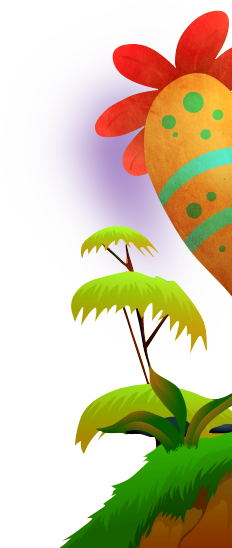
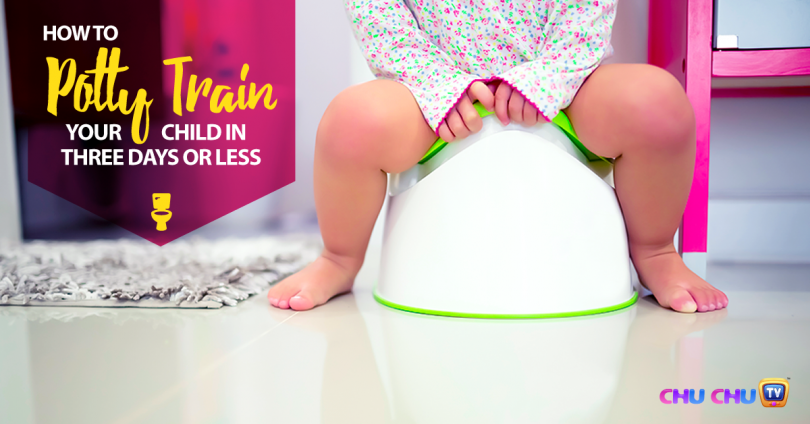
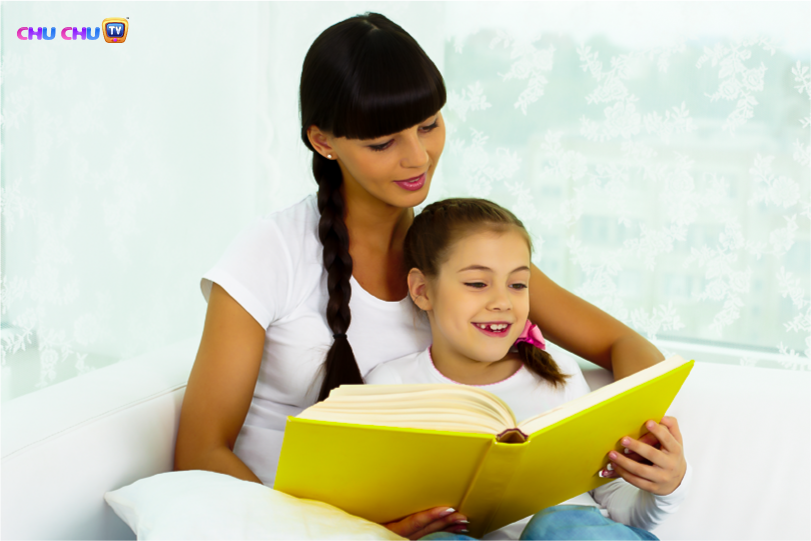
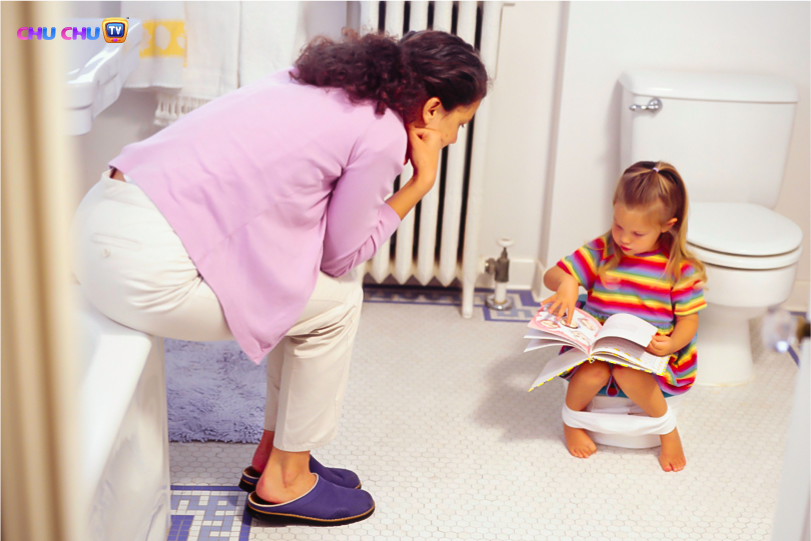

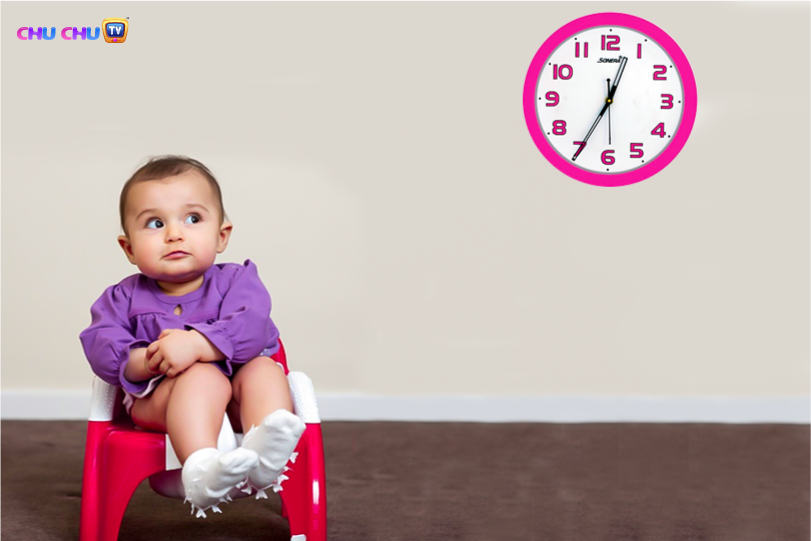
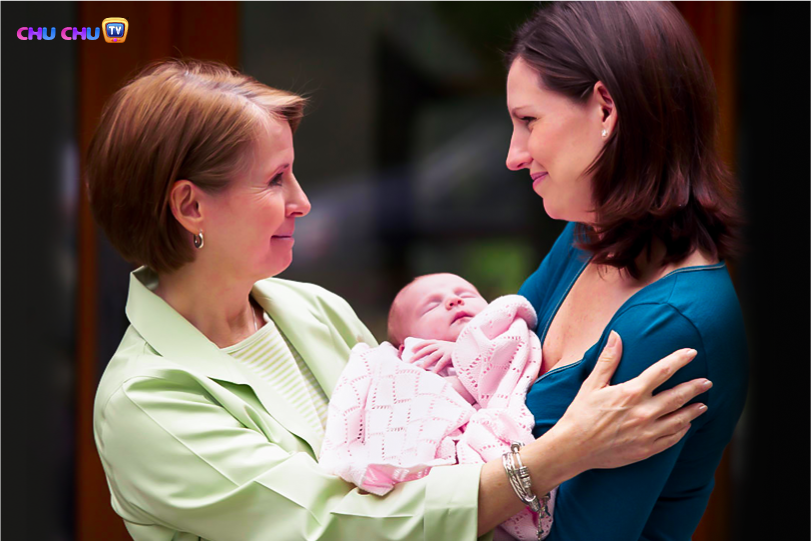
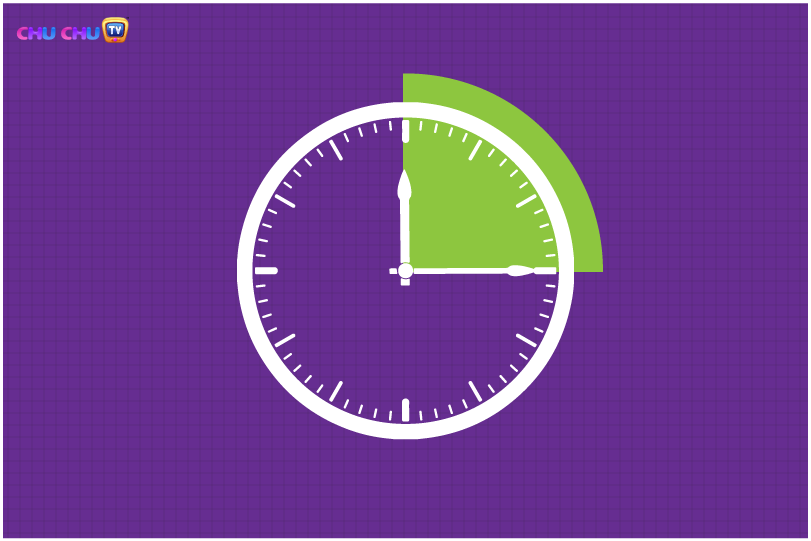
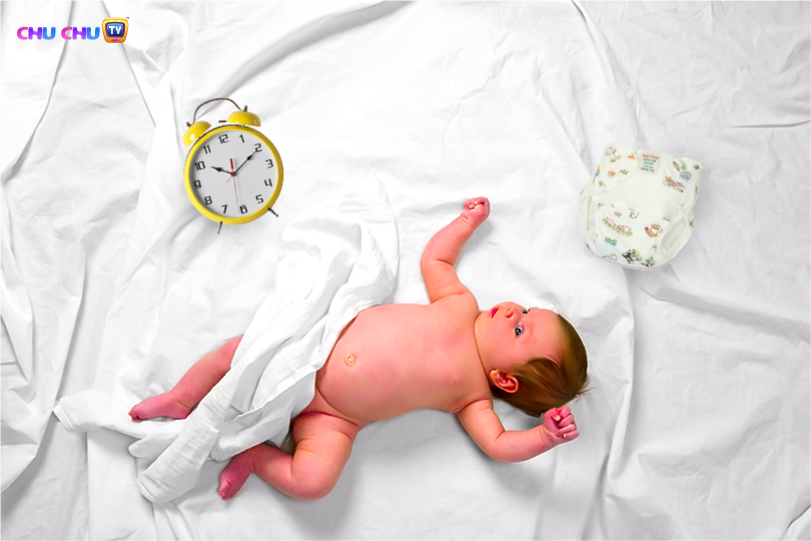


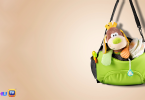



Awesome
Excellent
good idea
Thanks a lot
I was wondering what to do. Thanks for this information. I will try and see the outcome
I’ll try but it ins’t easier. By the way thanks
This is insightful. Thank you
Will try this! Hopefully this will work.
Consistency is the key. It worked for me.
It Works for me but she usually wear her pant after pooing instead of calling someone attention for cleaning up.please help me on how to train her to call after using the toilet so I can clean up for her. Thanks
My girl is 9 months old,can i start training her now
This is fantastic! thank you .
It’s amazing…I will try it
That’s great, do try and test what works for your kid @Anna 🙂